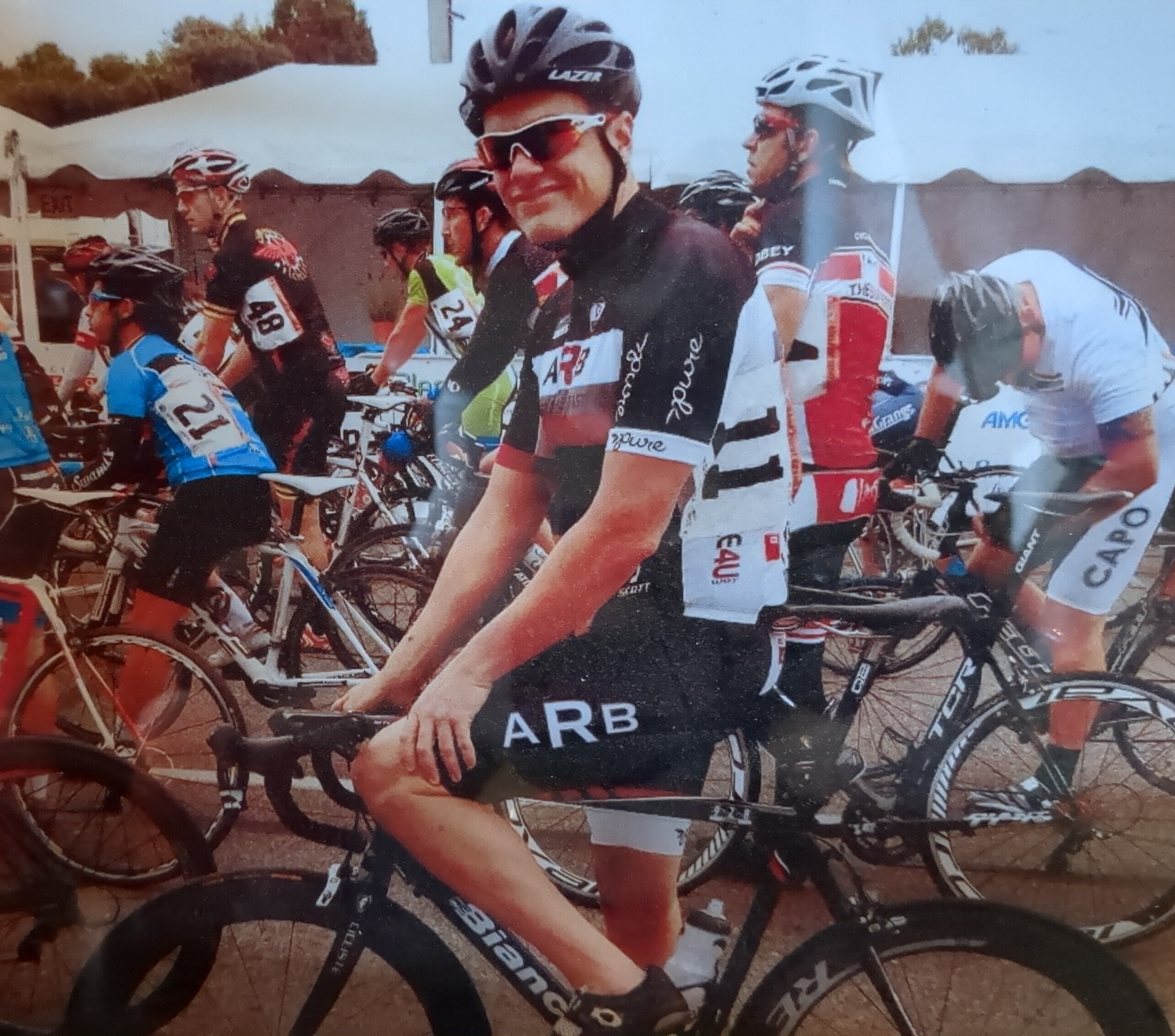I’ve been watching the Solder Smoke direct conversion receiver challenge build and thinking of maybe building it from parts I already have laying around… assuming I wind my own toroids. I haven’t noticed anyone talking about antenna stuff. What is the deal here?
This is the principal video series primer: https://www.youtube.com/watch?v=rLjxU2rMeXw
It is also on hackaday too.
Is there some rule about antenna where a more specialized element is required at specific frequencies? I know I’m missing fundamental practical information here as the wave length for 7 MHz is around 43 meters. Even a quarter wave length would involve a house spanning wire. So what gives, what high school fundamental have I forgotten?


transformers are not the only way to do this, and some other circuits can be used instead. if you take a transformer with 1:2 winding ratio, then if on one side current is 1 and voltage is 1, then on the other current will be 0.5 and voltage 2, which means that impedance increases 4x. in EFHW, it’s 1:7 winding ratio and impedance ratio is 49x, which works for end-feeding a half-wave dipole, just as expected (from 50 ohm to ~2500 ohm). that transformer is a limitation on power usable in this antenna and main reason to use this type of antenna is mechanical
most importantly, transformers work nicely only if you have real impedances, so your antenna has to be resonant anyway. l- or pi-network tuner will also handle complex impedances so doublet or random wire will work nicely with it, as long as you can accept weight and losses in tuner